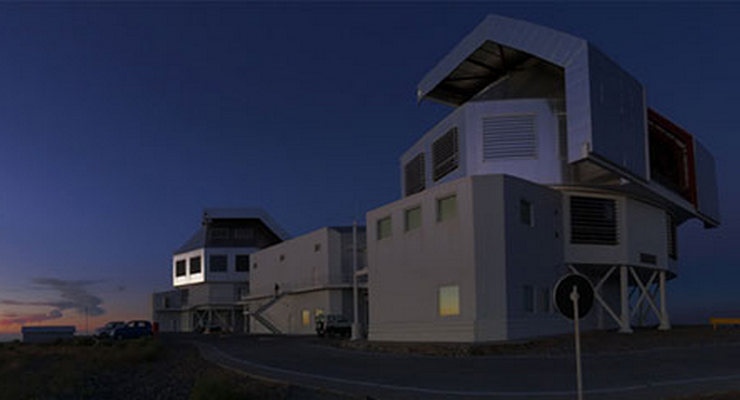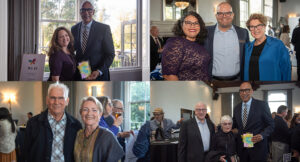
Image courtesy Pasadena Senior Center website
Grab a drink and pull up a chair. Dr. John Mulchaey, director of Carnegie Observatories in Pasadena, is back at the Pasadena Senior Center at 4 p.m. Wednesday, Feb. 3, for “Cosmic Cocktail Hour,” when Mulchaey will be talking about the Hubble Space Telescope’s Ultra-Deep Field Image.
The Hubble Ultra-Deep Field, or HUDF, is an image of a small region of space in the constellation Fornax containing an estimated 10,000 galaxies. Hubble peered at a single patch of seemingly empty sky for hundreds of hours beginning in September 2003, and astronomers first unveiled this galaxy tapestry in 2004, with more observations in subsequent years. The original release was combined from data accumulated over a period from Sept. 24, 2003, to Jan. 16, 2004.
Looking back approximately 13 billion years, the image has been used to search for galaxies that existed at that time. The HUDF image was taken in a section of the sky with a low density of bright stars in the near-field, allowing much better viewing of dimmer, more distant objects.
In August and September 2009, the HUDF was observed at longer wavelengths — between 1.0 and 1.6 microns — using the infrared channel of the recently attached Wide Field Camera 3 (WFC3) instrument. When combined with existing HUDF data, astronomers were able to identify a new list of potentially very distant galaxies.
NASA has announced its upcoming Nancy Grace Roman Space Telescope will be able to photograph an area of the sky at least 100 times larger than Hubble with the same crisp sharpness. Among the many observations that will be enabled by this wide view of the cosmos, astronomers are considering the possibility and scientific potential of a Roman Space Telescope “ultra-deep field.” Such an observation could reveal new insights into subjects ranging from star formation during the universe’s youth to the way galaxies cluster together in space.
Mulchaey is the director and the Crawford H. Greenewalt Chair of the Carnegie Observatories at 813 Santa Barbara St. in Pasadena. He investigates groups and clusters of galaxies, elliptical galaxies, dark matter — the invisible material that makes up most of the universe — active galaxies and black holes. He is also a scientific editor for The Astrophysical Journal and is actively involved in public outreach and education.
Mulchaey received his bachelor’s degree in astrophysics from UC Berkeley and his Ph.D. from the University of Maryland. He was a fellow at the Space Telescope Science Institute and at Carnegie before joining the Carnegie staff.
To join Cosmic Cocktail Hour on Wednesday, visit www.pasadenaseniorcenter.org and click the Register Online button. Registration fees are $7 for members and $10 for non-members.





